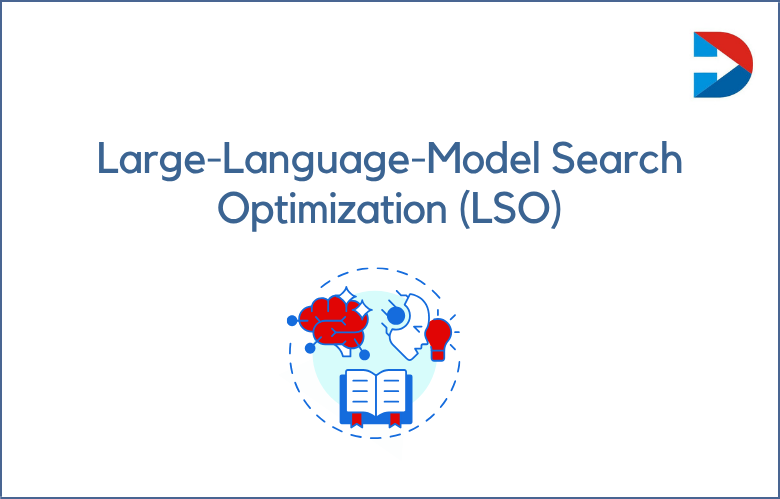
Digital marketing is a critical aspect of modern-day marketing. It is essential to any business that wants to reach wider audiences online. While digital marketing is an effective marketing strategy, evaluating its effectiveness is necessary. Measuring your ROI in Digital Marketing is essential to identify which digital marketing channels or campaigns give you the most return and are worth continuing.
ROI in digital marketing lets you focus on campaigns that impact your bottom line the most. Let’s take a closer look at why ROI is essential to digital marketing.
What is ROI in Digital Marketing
Return on Investment (ROI) in digital marketing refers to the value generated based on the amount spent on digital marketing campaigns.
A higher ROI indicates that your marketing investments are worth the cost incurred.
The ROI metric evaluates investments in terms of the profit or loss generated by the cost incurred. It provides a clear picture of the effectiveness of the marketing campaign.
How to measure ROI in Digital Marketing
Calculating ROI in digital marketing is more accessible. To determine the ROI of a marketing campaign, you need to calculate the revenue generated and the cost incurred.
The revenue generated includes the sales, leads, and other conversions resulting from the marketing campaign.
The cost incurred includes running the campaign, such as paid ads, social media ads, email campaigns, and other marketing expenses. You can then divide the revenue generated by the cost incurred to get the ROI.
Maximizing ROI: How to Optimize Your Digital Marketing Efforts
In today’s digital age, every business knows the importance of establishing a solid online presence. But more than simply having a website or social media account is required.
To succeed in the digital landscape, brands must focus on their return on investment (ROI).
In other words, how much are you getting back for every dollar spent on digital marketing? We will explore the various metrics and strategies you can use to optimize your digital marketing efforts and maximize your ROI.
Understanding ROI in Digital Marketing
The world of digital marketing is constantly evolving, and businesses need to stay on top of the latest trends and strategies to remain competitive.
One of the most critical metrics in digital marketing is ROI or return on investment. ROI helps businesses determine which marketing efforts yield the best results, allowing them to optimize their strategies and ultimately grow their bottom line.
We’ll look at ROI in digital marketing and why it’s crucial for businesses of all sizes.
Defining ROI in Digital Marketing
ROI is a term that refers to the amount of money earned or lost on a specific investment. It is calculated by dividing the net profit by the investment cost and expressing the result as a percentage.
In digital marketing, ROI is typically used to measure the return on spending or advertising costs associated with online marketing campaigns.
Why does ROI matter in Digital Marketing
ROI is essential for businesses because it allows them to determine which marketing campaigns are most effective and which are not generating a worthwhile return on investment.
Analyzing ROI regularly helps businesses to refine their digital marketing strategies and allocate their marketing budgets more effectively.
By tracking ROI, businesses can ensure that they are investing in marketing tactics that are generating revenue and helping them to achieve their business goals.
Calculating ROI in Digital Marketing
Calculating ROI is straightforward as long as you know your costs and revenue.
Start by calculating the revenue generated from your digital marketing campaigns, then subtract your total costs (including advertising, labor, and other expenses).
Divide your net profit by your total investment and multiply the result by 100 to get your ROI percentage. You can calculate this for individual campaigns or all your digital marketing efforts.
Factors that can Impact ROI
Many factors can impact ROI in digital marketing, including the specific channels used for advertising, the quality of your landing pages, and your overall marketing strategy.
For example, if you target your campaigns at the wrong audience, you may not generate the leads or conversions necessary to achieve a worthwhile ROI.
Similarly, your landing pages could be better designed or offer a better user experience. In that case, you may see a decrease in ROI even if your digital marketing efforts generate traffic.
Optimizing ROI in Digital Marketing
To optimize your ROI in digital marketing, it is essential to track and analyze your performance data regularly.
This will help you identify which channels and campaigns are generating the highest ROI and opportunities for improvement.
Consider testing different ad formats, targeting options, and landing pages to see which combinations generate the best results. And don’t forget to track and measure your ROI regularly so you can see the impact of your optimizations over time.
Understand Your Goals
The first step in setting up a digital marketing campaign is to define the goals and objectives you want to achieve.
The goals may vary from generating leads to driving traffic to your site or improving brand awareness. Once you identify your goals, you can track the progress of your campaign by measuring the ROI.
ROI helps you see which channels or campaigns are performing well so that you can optimize them and invest in the media that bring you the highest returns.
Identifying Key Performance Indicators (KPIs)
KPIs are metrics that give you an insight into your campaigns’ performance.
Metrics such as impressions, clicks, cost per click (CPC), conversion rates, and bounce rates are critical KPIs digital marketers use to evaluate the effectiveness of their campaigns.
Measuring these metrics against the cost invested (ROI) into campaigns can help identify whether a drive is worth continuing.
Measuring ROI
Measuring ROI can be tricky, especially in digital marketing, but it is critical to identify campaigns that produce the highest returns.
Most digital marketing campaigns can be measured by tracking the number of clicks, impressions, and so on.
You can use various marketing analytics tools to track and measure the performance of your campaigns. Calculating ROI is relatively simple, and it helps identify which campaigns require more investment or optimization.
The benefits of measuring ROI
Measuring ROI gives you a clear understanding of what works and is not in your digital marketing campaigns.
By understanding your ROI, you can minimize costs and maximize profits by investing in campaigns that produce significant positive returns.
You can also optimize campaigns for better results, such as targeting your audience more effectively or refining your messaging.
Taking Action
Measuring ROI means you can take action based on the data you have collected. Suppose a particular campaign is producing a low ROI.
In that case, you can use the data to determine the reasons behind such outcomes. You can then take action, such as optimizing your campaign elements or investing in different channels to improve performance.
Conclusion
In conclusion, measuring ROI in digital marketing is crucial in identifying effective campaigns, minimizing costs, and maximizing profits.
ROI helps digital marketers understand which channels or campaigns are worthwhile to invest in and which channels should be dropped.
Measuring ROI enables marketers to optimize campaigns for better results by refining their messaging, targeting, and other campaign elements.
So, if you’re running a digital marketing campaign, track and measure ROI regularly to make the right decisions and maximize your marketing efforts.




